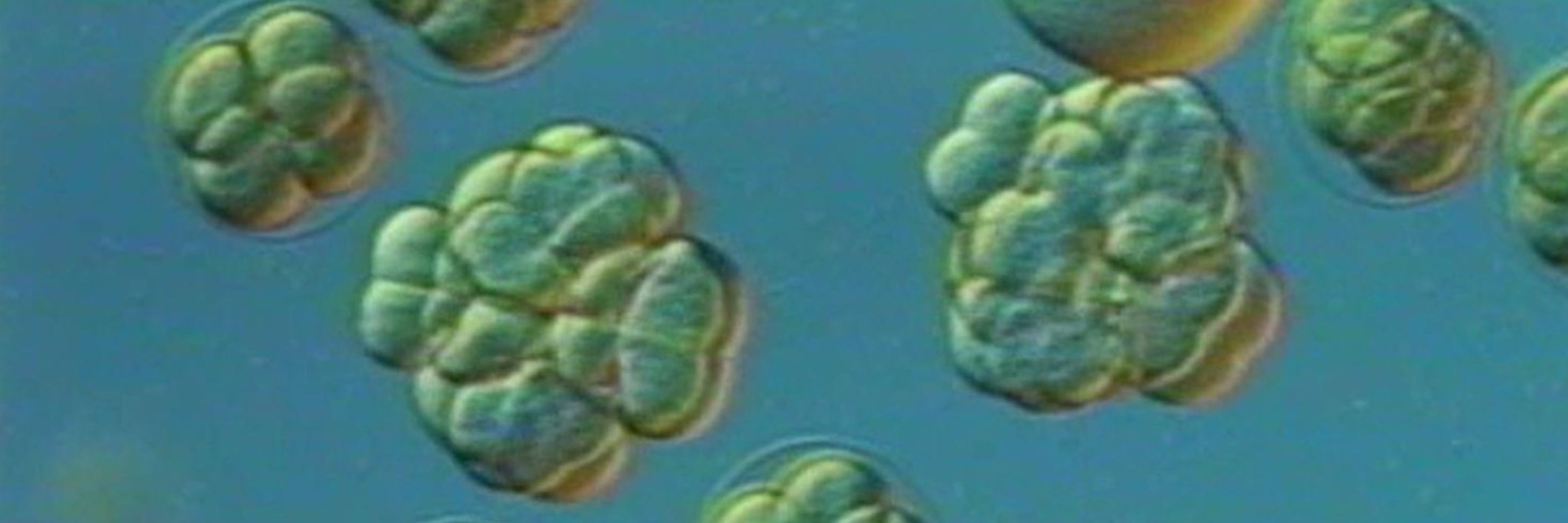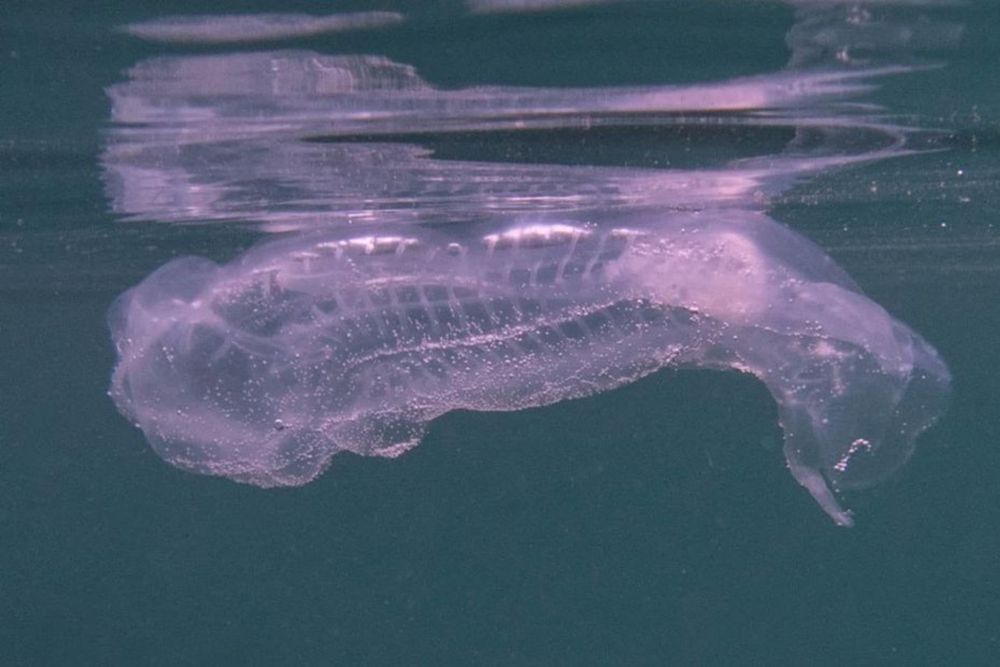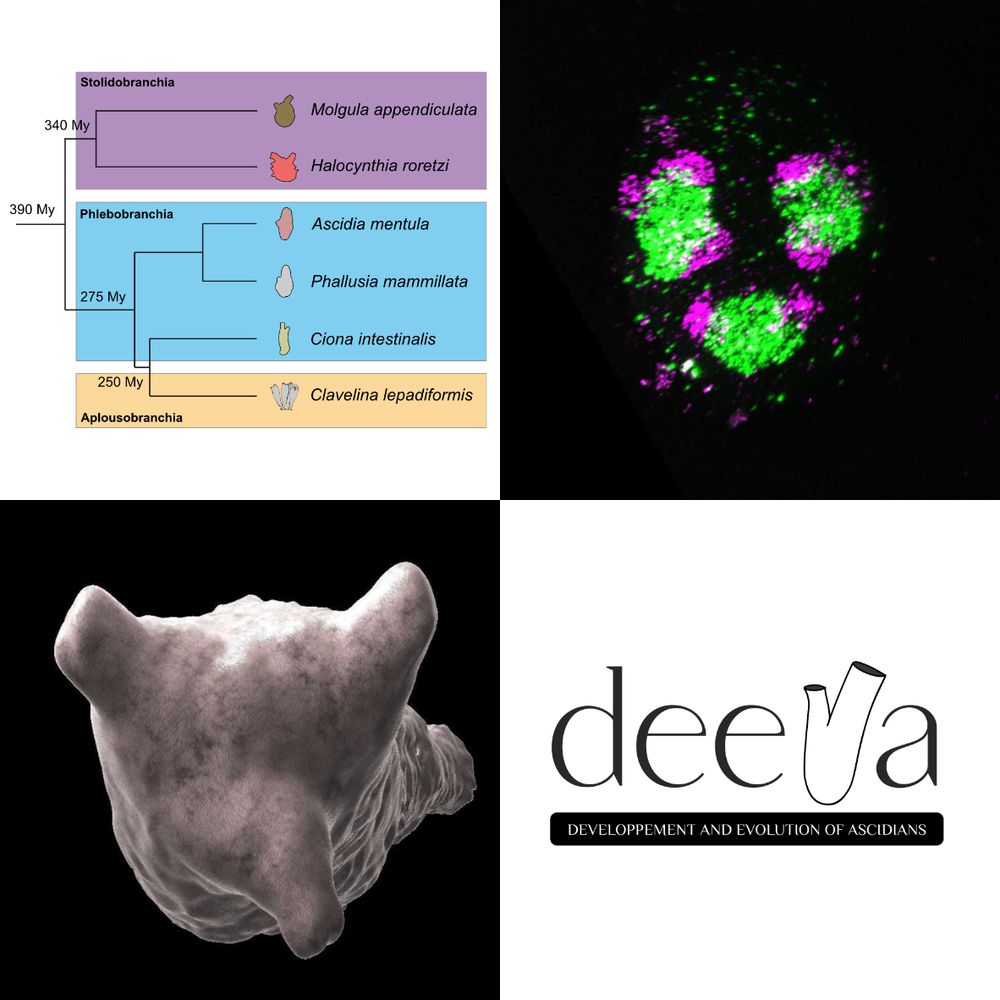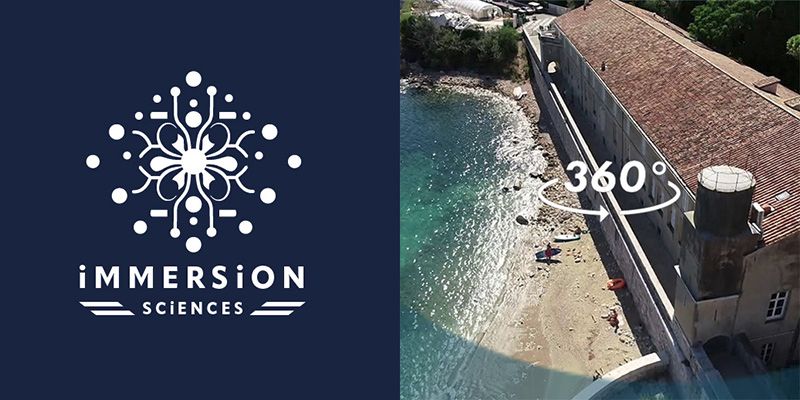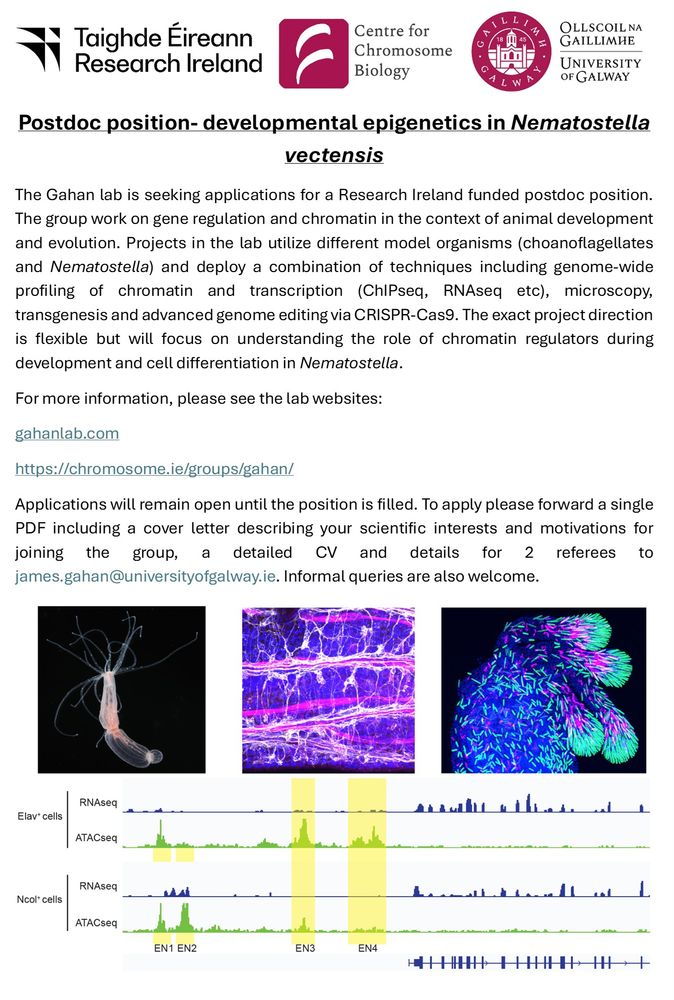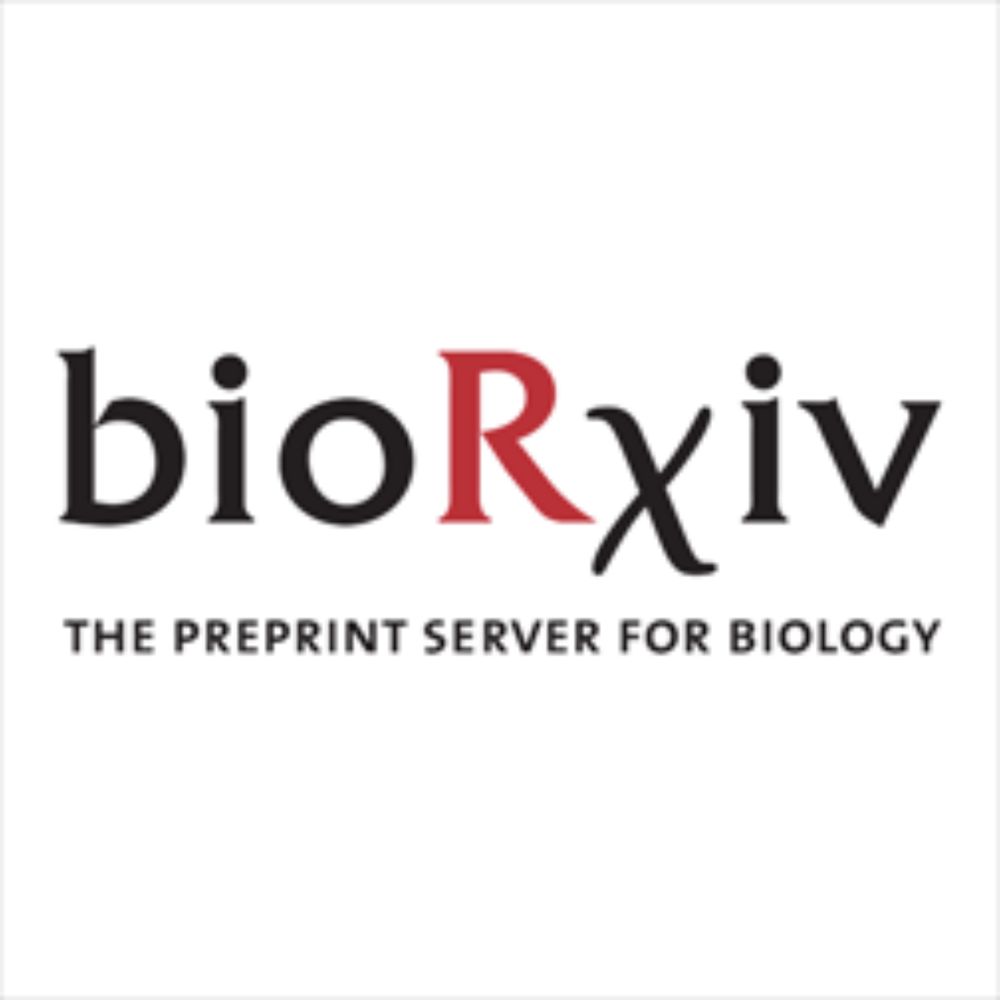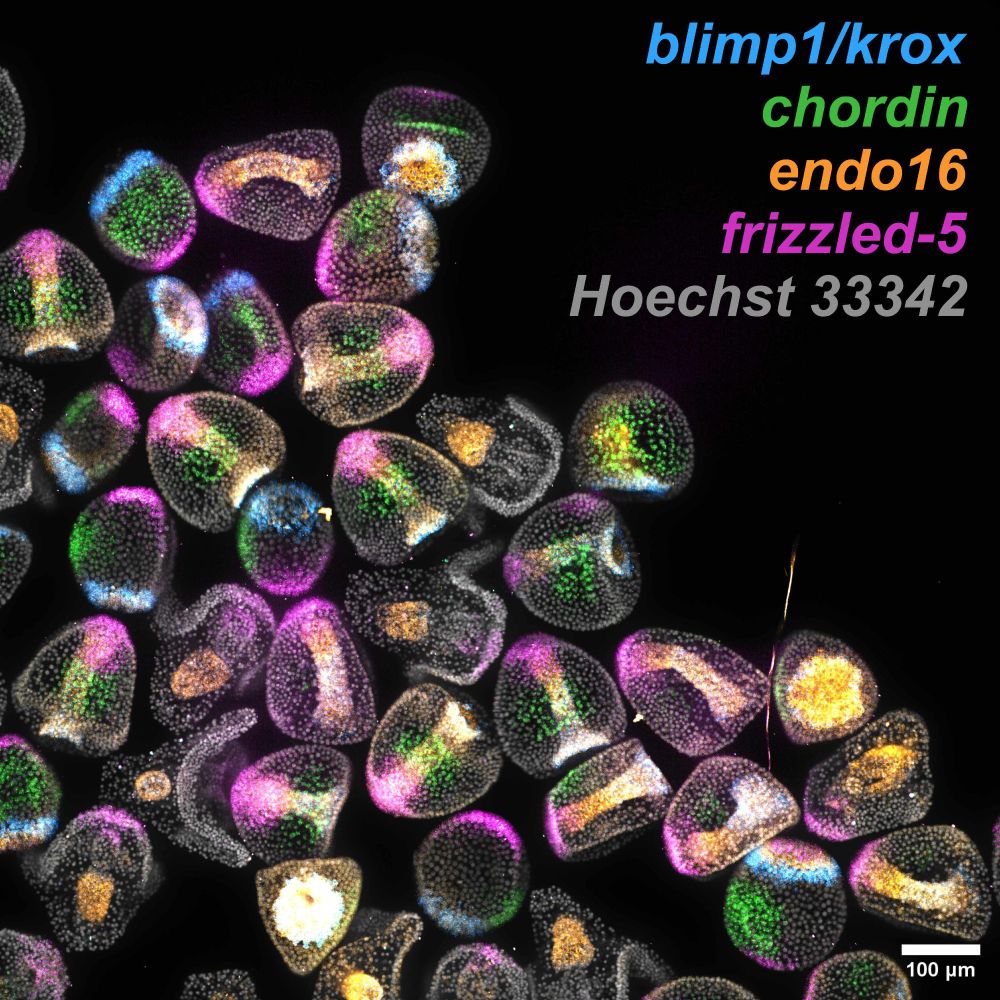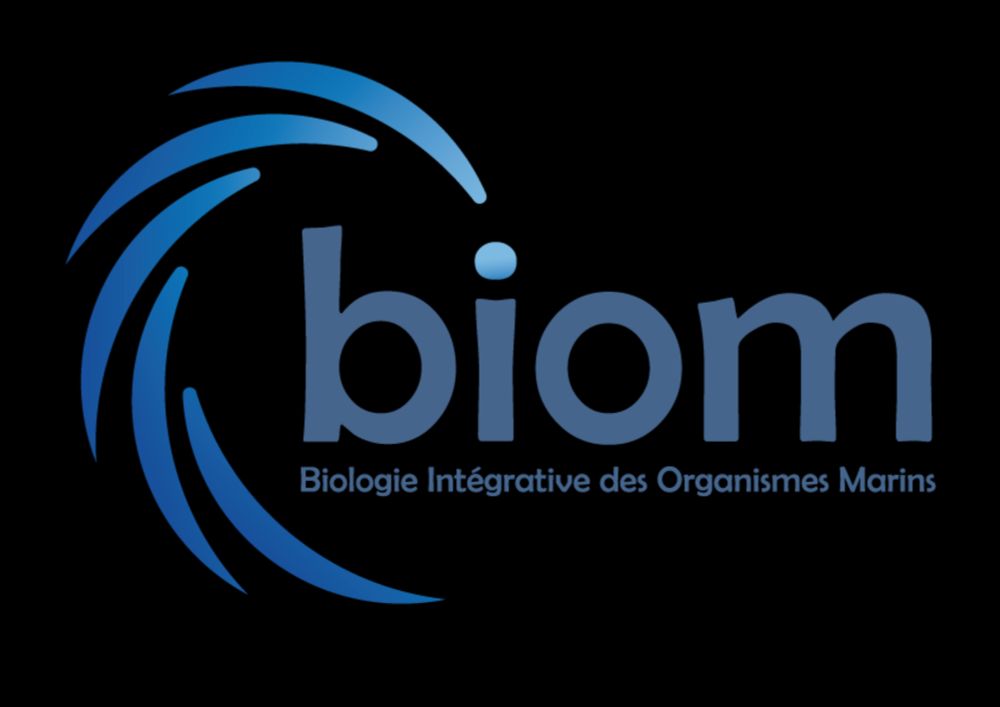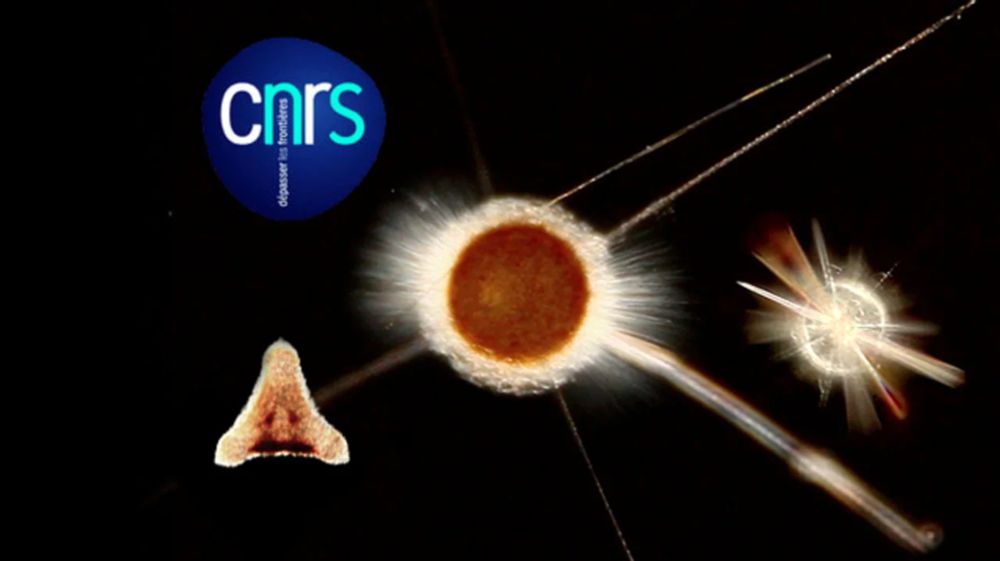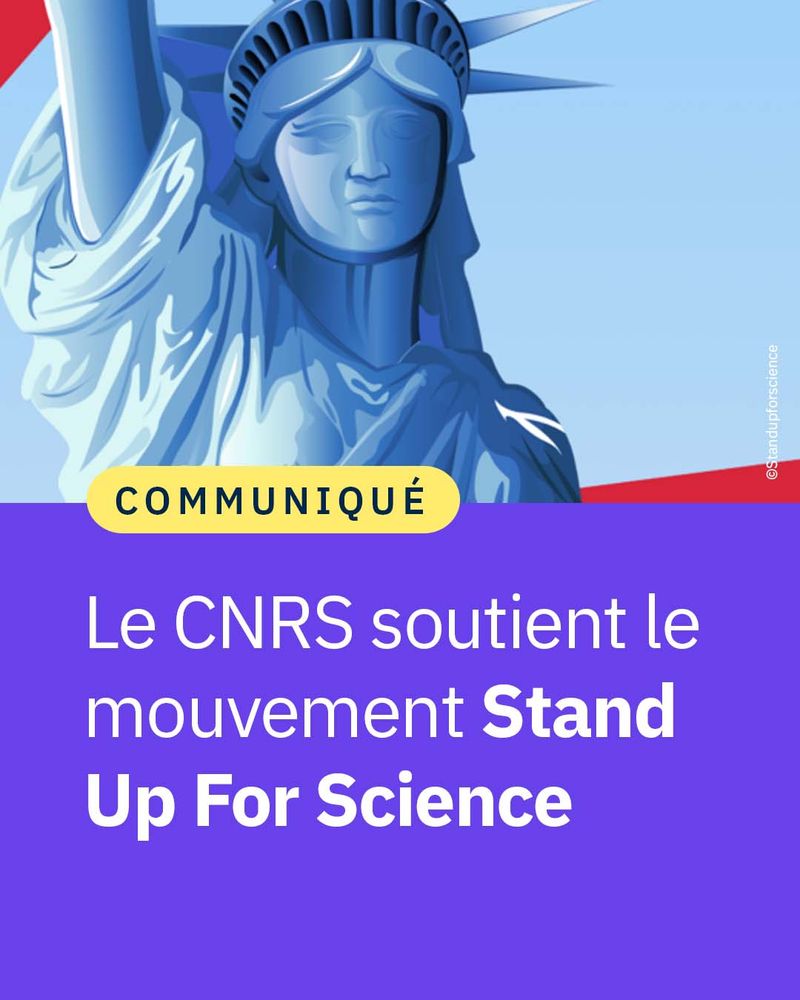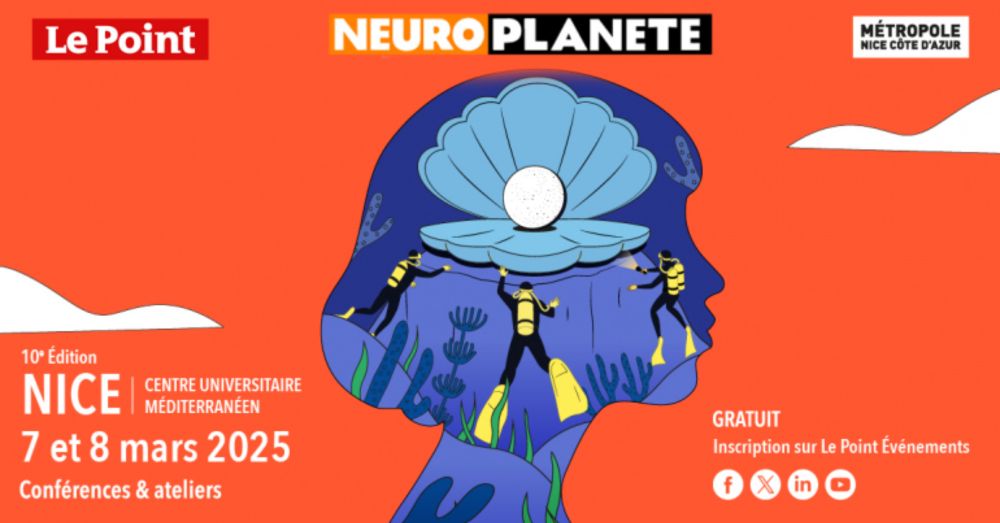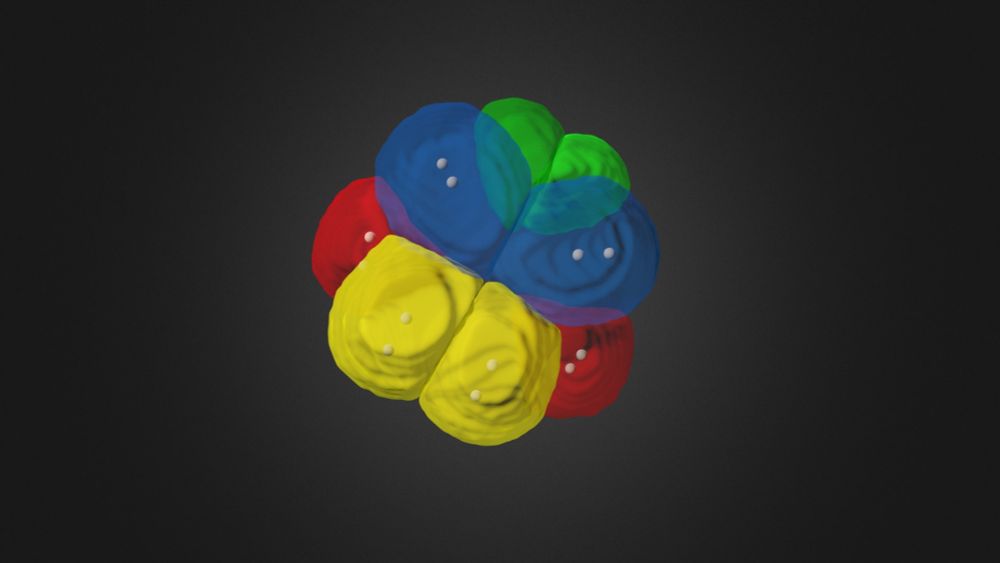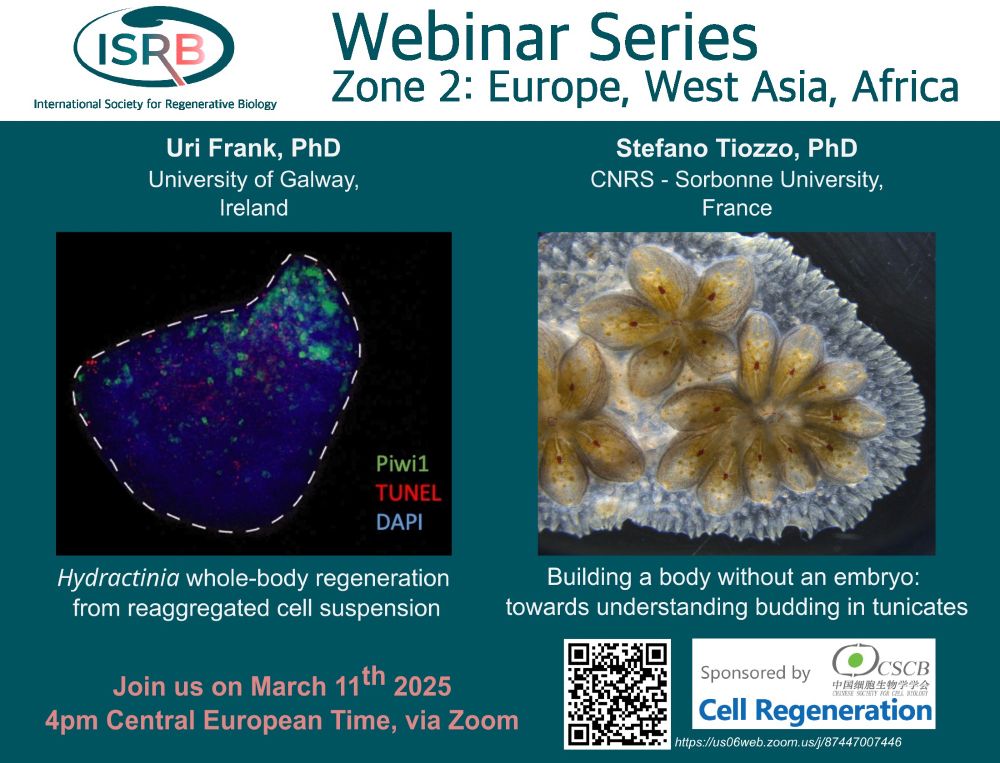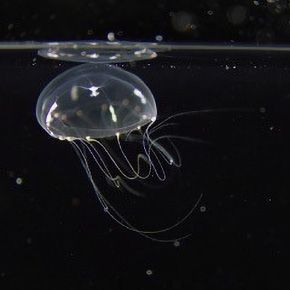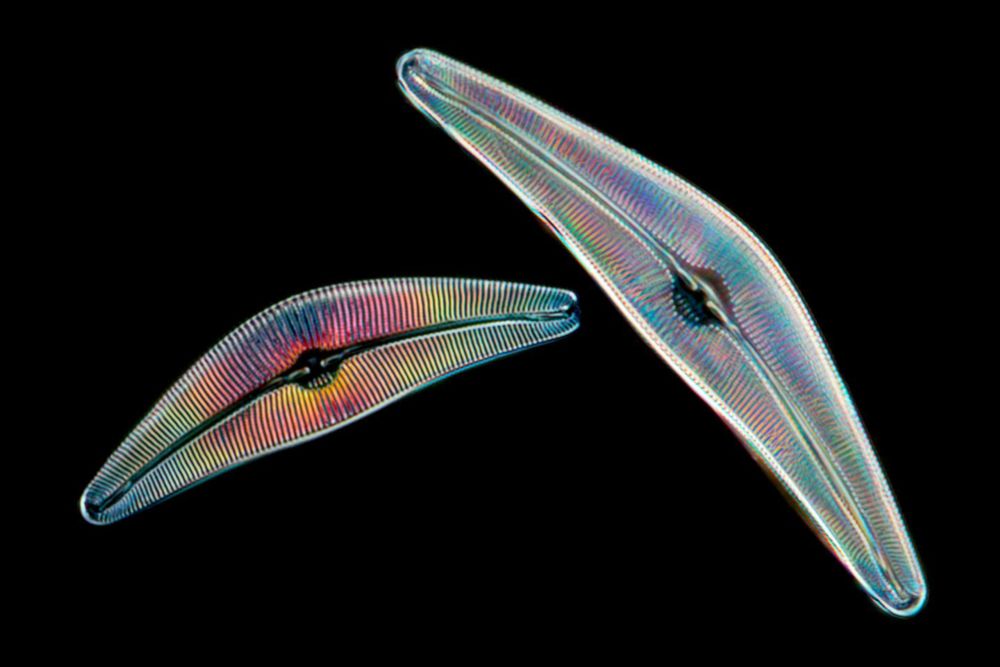Alex McDougall
@alexmcdougall.bsky.social
330 followers
400 following
10 posts
Biologist at LBDV, IMEV Marine Station, France. CNRS/Sorbonne Uni
@sorbonne-universite.fr
@cnrs.bsky.social
@embrc-france.bsky.social
Shape Emergence & Development
Into birds, football (once a Glasgow team).
https://lbdv.imev-mer.fr
Posts
Media
Videos
Starter Packs
Pinned
Reposted by Alex McDougall
Reposted by Alex McDougall
Alex McDougall
@alexmcdougall.bsky.social
· Jun 26
Reposted by Alex McDougall
Reposted by Alex McDougall
Turlier lab
@turlierlab.bsky.social
· Apr 23
Reposted by Alex McDougall
Reposted by Alex McDougall
Reposted by Alex McDougall
Reposted by Alex McDougall
Reposted by Alex McDougall
Reposted by Alex McDougall
Reposted by Alex McDougall
Reposted by Alex McDougall
EMBRC France
@embrc-france.bsky.social
· Feb 19
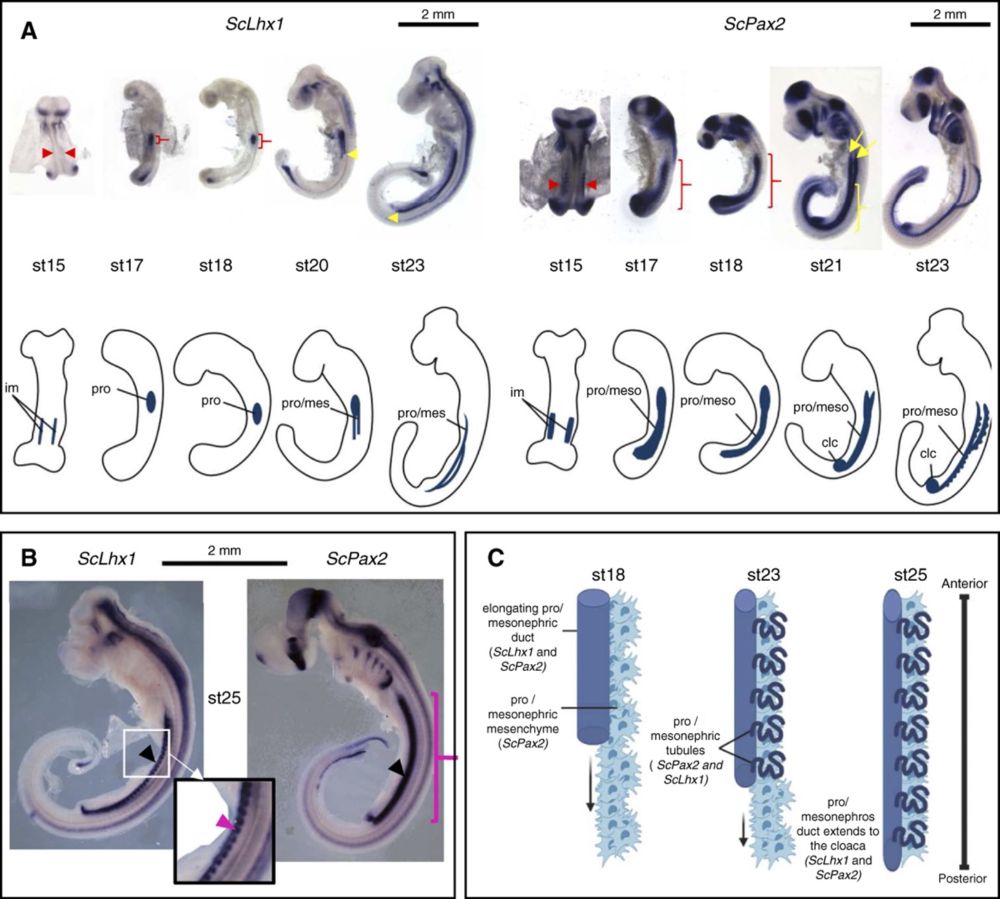
Postembryonic Maintenance of Nephron Progenitor Cells with... : Journal of the American Society of Nephrology
d regeneration.Molecular analysis suggests a potential link between protein synthesis rate and nephron progenitor cell maintenance.
Background
While adult mammals are unable to grow new nephrons, c...
journals.lww.com
Reposted by Alex McDougall
Ibon Cancio
@iboncancio.bsky.social
· Feb 12
A long-term ecological research data set from the marine genetic monitoring programme ARMS-MBON 2020-2021
Continuing the international efforts of the ARMS Marine Biodiversity Observation Network (ARMS-MBON), we present data from the second sampling campaign, coming from 56 Autonomous Reef Monitoring Struc...
doi.org
